
OR
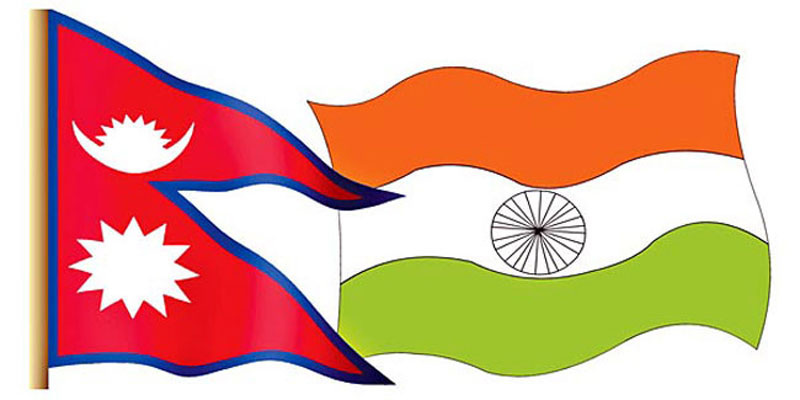
The threat on Nepal’s national integrity is nothing compared to similar threat India is faced with in keeping itself intact
RK Yadav, a former officer at India’s Research and Analysis Wing in his book Mission R&AW lays bare the facts about Indian designs over Nepal’s Tarai. It has naturally triggered a wave of anti-India vitriolic in Nepal.
This disclosure in the recent times has been linked with secessionist activities of CK Raut, who advocates for a separate independent state of Tarai. Naturally, he is under strict surveillance of Nepal Army, the sole state agency vested with power and responsibility to protect and preserve sovereignty and territorial integrity of Nepal under the new constitution.
In the meantime, however, politics has taken a different turn here. A nation-wide poll has taken place, the federal system has come into place and the public attention has been diverted from threat to national unity. The stronghold of the disgruntled Madhesi leaders is favorably limited to Province 2, which stretches from Bara to Saptari districts.
Implementation of federal system in itself is a great achievement to be reckoned as a follow-up outcome of Madhesh uprisings in 2007 and 2015. But a political accomplishment is not necessarily an economic success as the whole citadel of federalism is staring at financial viability. It would be great if it survives and works out well for the development of the country and welfare of the people. It would be more commendable if it could silence CK Raut’s call for Nepal’s disintegration.
In 2600 years-long history of Nepal, threat to Nepal’s integrity first surfaced in 1815 when Nepal lost one-third of its territory to the victorious British in a war between British India and Nepal. Since then there had been no threat on our territorial integrity and sovereignty even though the state was weak, when there were conspiracies galore, and when officials high and low were mercilessly put to death. Ironically, when the state power percolated down to the popular ballots, we hear about the possibility of breakdown.
Vulnerable India
But this threat is nothing compared to serious threats India is faced with in keeping itself intact. India has a history of dividing one into two nations and the two into three in a span of 24 years. Is India safer than Nepal as far as their vulnerability is concerned? A big country has bigger fault lines in its structure compared to the small liability confronting a small country. Nepal has no Kashmir that India has inherited as a ball of fire. Never for the last 70 years, has India ever winked its eyes on Kashmir. It fought two wars with Pakistan simply to keep its part safe.
The equally large parts of that state lie with Pakistan. The problem has got so complicated that no solution is forthcoming to the satisfaction of the disputants.
It is going down as the most intractable trouble in the world taking huge toll of Indian energy and resources and equally adverse impact on its neighborhood. Compared to it, India’s border dispute with China looks less susceptible as both of them have agreed to keep quiet until an appropriate time to resolve it. However, India is constantly worried about its fragile hold over its north-eastern parts that can go berserk at a critical period and severe relations with the India union.
More disquieting is the undercurrent of discontent gripping over the comparatively prosperous southern states like Tamilnadu and Kerala. As if in a deliberate attempt to flare up a conflict, the 15 Finance Commission of India is depriving them a big chunk of about 6,000 crores of the central grant, calculated on the basis of population of states of India. The population of these states went down over the last 40 years (1971-2011) making them less eligible for the grant compared to the northern states of UP and Bihar, where the number of people went up considerably.
Since the southern states achieved low fertility by high female literacy and greater girls’ enrolment by providing the mid-day meals, they looked forward to getting nationally rewarded. Instead, they find themselves ditched in the centrally-controlled financial allocation. RS Nilkantan, a data scientist has made a stunning revelation: “The Indian union has made it almost untenable for Tamil and Malayalee societies to thrive in the union as rational self-interested sub-units.”
Highlighting Indian exposure, Nilkantan says, “Scotland actually received more money from Britain than it paid for in taxes. The Catalonian separatist movement makes the argument that it is paying for rest of Spain and getting very little in return at the expense of its own linguistic and cultural subjugation. Faroe Islands, despite having enjoyed infrastructure and wealth pouring in from Denmark, is seeking independence because it feels linguistic identity is worthy enough a cause. In the case of Kerala and Tamilnadu, each of the above motivations—of Catalonia, of Faroe Islands and of Scotland—holds true. One can look at the Finance Commission as a fault line that is far more serious than religious intolerance and bigotry, which it actually is in many ways.”
Time will tell who breaks down first.
The author is a senior journalist
You May Like This
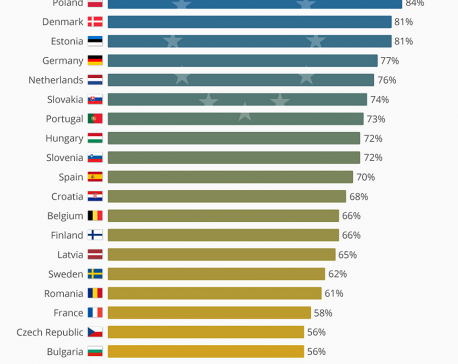
Infographics: Which countries feel they’ve benefitted from the EU?
Amid the UK’s Brexit vote and rising right-wing populism across Europe, euroscepticism has never posed a greater threat to the... Read More...

Infographics: Expenditure of NATO countries in 2016
Expenditure of NATO countries in 2016 ... Read More...

Infographics: Countries That May Leave EU After The UK
The greatest number of eurosceptics is in the Czech Republic, Austria and Italy. ... Read More...
Just In
- CPN (Unified Socialist) to hold its Central Committee meeting on May 10-11
- Over 16,000 paragliding flights conducted in one year in Pokhara
- MoPIT prepares draft of National Road Safety Act, proposes rescue within an hour of an accident
- Light rainfall likely in hilly areas of Koshi, Bagmati, Gandaki and Karnali provinces
- Customs revenue collection surpasses target at Tatopani border, Falls behind at Rasuwagadhi border in Q3
- Rain shocks: On the monsoon in 2024
- Govt receives 1,658 proposals for startup loans; Minimum of 50 points required for eligibility
- Unified Socialist leader Sodari appointed Sudurpaschim CM












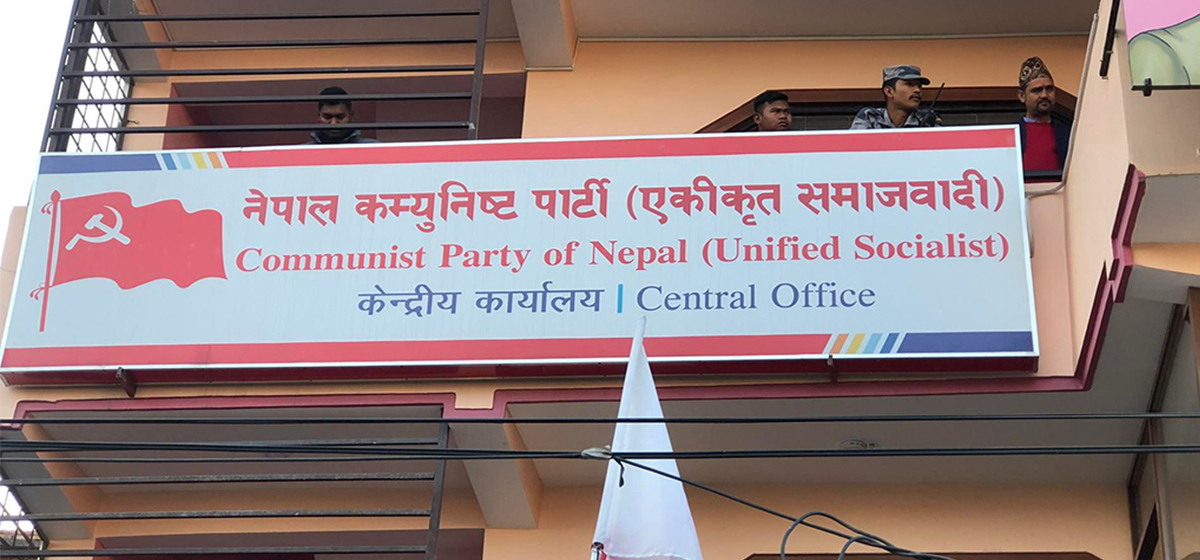
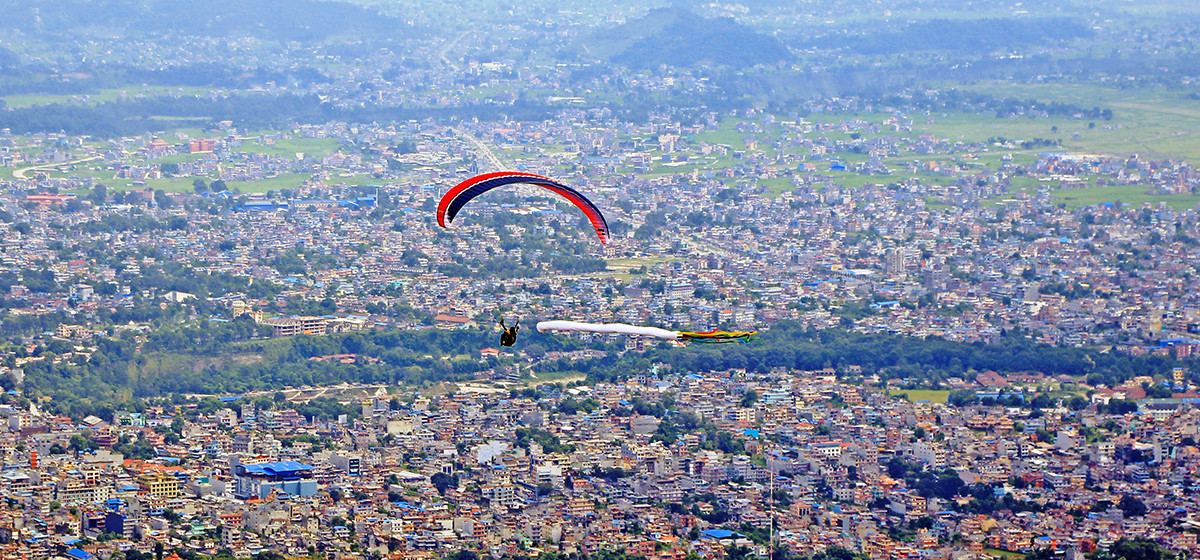
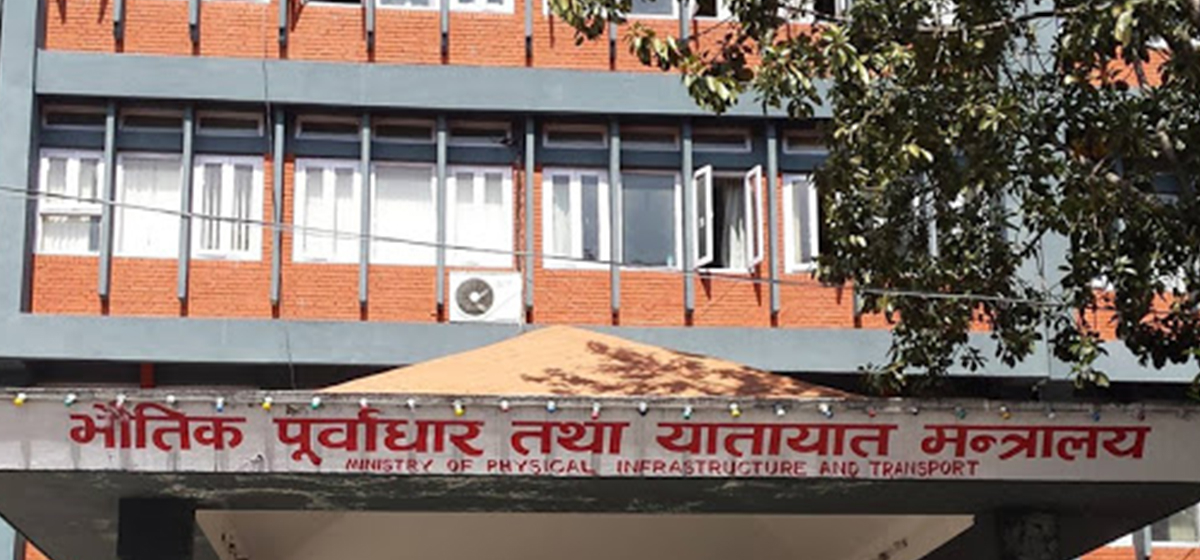





Leave A Comment